The world of male modeling is one with few big names and few big characters, because every season, every show, every designer the story changes, and its characters change too. “I work on my collections as if they were short films, with a proper scenario,” Kris Van Assche, creative director of Dior Homme told i-D about his latest casting. “This season I imagined a rave party where everyone expresses themselves without restraint. And, in the middle of the crowd, a mysterious boy is standing, wearing a dark suit. Everybody looks at him. He is l’homme Dior.” More than ever in the history of menswear, designers are telling stories about their own worlds, and casting is now the cornerstone of bringing those narratives to life.
The kind of casting that used to be the signature of a few geniuses (Rick Owens, Raf Simons, Hedi Slimane, Yohji Yamamoto) is now becoming common practice, even in the most conservative of design houses. Brands base their casting on very specific physical traits for a long time. “I’ve noticed a change over the last few seasons. Brands really want to do their own thing, so they’re looking for characters rather than merely ‘who’s hot this season,'” Adam Hindle, casting director for Sacaï and Céline, explains. “I think there’s a desire for the models to be believable, and so you look for guys who could be in a band, could be a poet, or will work for whatever the brief is. Designers and stylists are looking for characters to represent their message, to tell a story.”
This new demand has translated into the creation of casting agencies dedicated to discovering models that embody a reality and a persona, rather than just more perfectly angled faces. There is Eva Göbel and her agency Tomorrow Is Another Day, whose models walk for the likes of Vetements and Balenciaga. And more and more alternative agencies such as Midland, Rockmen, Brother, and Lumpen are making a mark on the industry.
“I came to fashion from cinematography,” Avdotja Alexandrova, the founder of Lumpen, based in Moscow, says. “I want to add real faces to fashion.” Street credibility has become the new norm. Attitude, a requirement. Personality, a necessity. Flaws, an added value. “More and more designers and stylists want to know about their models’ lives,” says Antoine Duhayot, head booker at Rockmen in Paris. “For example, one of our boys, Raphaël, is a literature student at a very good school. People love that. It’s something that you don’t get in the female modeling world, in which they want to make sure the girls only focus on their modeling career.” Yet, according to Hindle, who also casts women, that side of the industry is evolving too. “It’s been happening more with women recently, certain brands have their tribes where the characters and individuality of the casting is a key part of their image, but it’s also easier with women to transform the girl into the character, through hair and makeup.”
For a long time, the term “new face” carried a hope of success, which became, for better or for worse, a pattern in menswear. Sophie Bruynoghe, casting director for Hermès, acknowledges the evolution of casting, though the French house is known for its very classic and specific criteria. “Instead of building a career step by step, some boys become the ‘it boys’ of the season and then disappear in a blink of an eye,” she begins. “Firstly because they are very young, and their build changes quickly. Secondly, people nowadays get bored very quickly, especially with unusual looking boys. The democratization of male modeling is a positive thing, in step with our ever-evolving world. It’s a job that’s becoming more accessible. Yet, considering the enormous number of candidates, it’s really hard to make a career out of it. It happens in very few cases, and it’s quite unpredictable.”
In a nutshell, more will make it but it won’t last. Antoine sees it as a positive thing: “Most of the personalities that people now look for have never thought about making a career out of modeling. They often have their own ambitions and dreams on the side and consider it as a plus. We encourage them to stick to their own goals. And somehow this evolution is changing the industry into a less cruel environment. We don’t promise the moon, which makes the system healthier.”
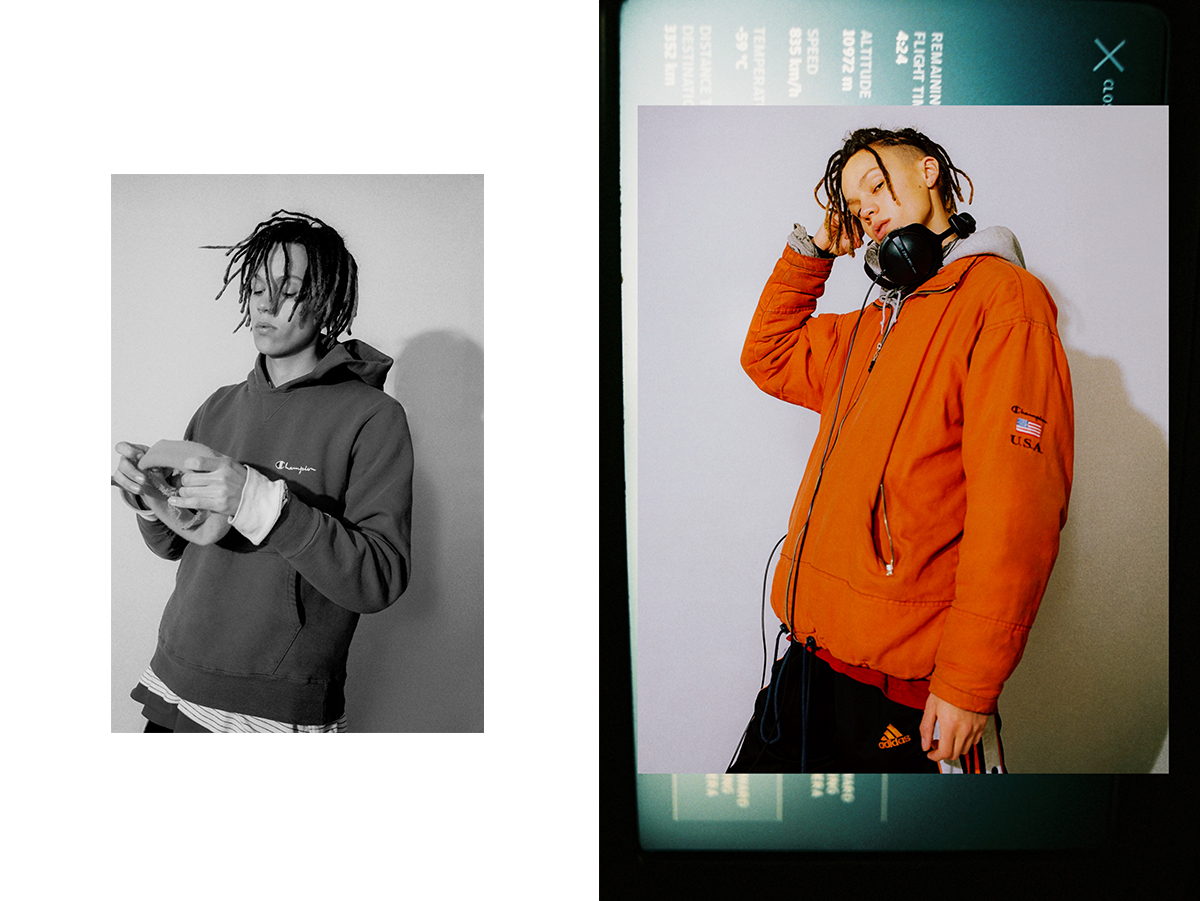
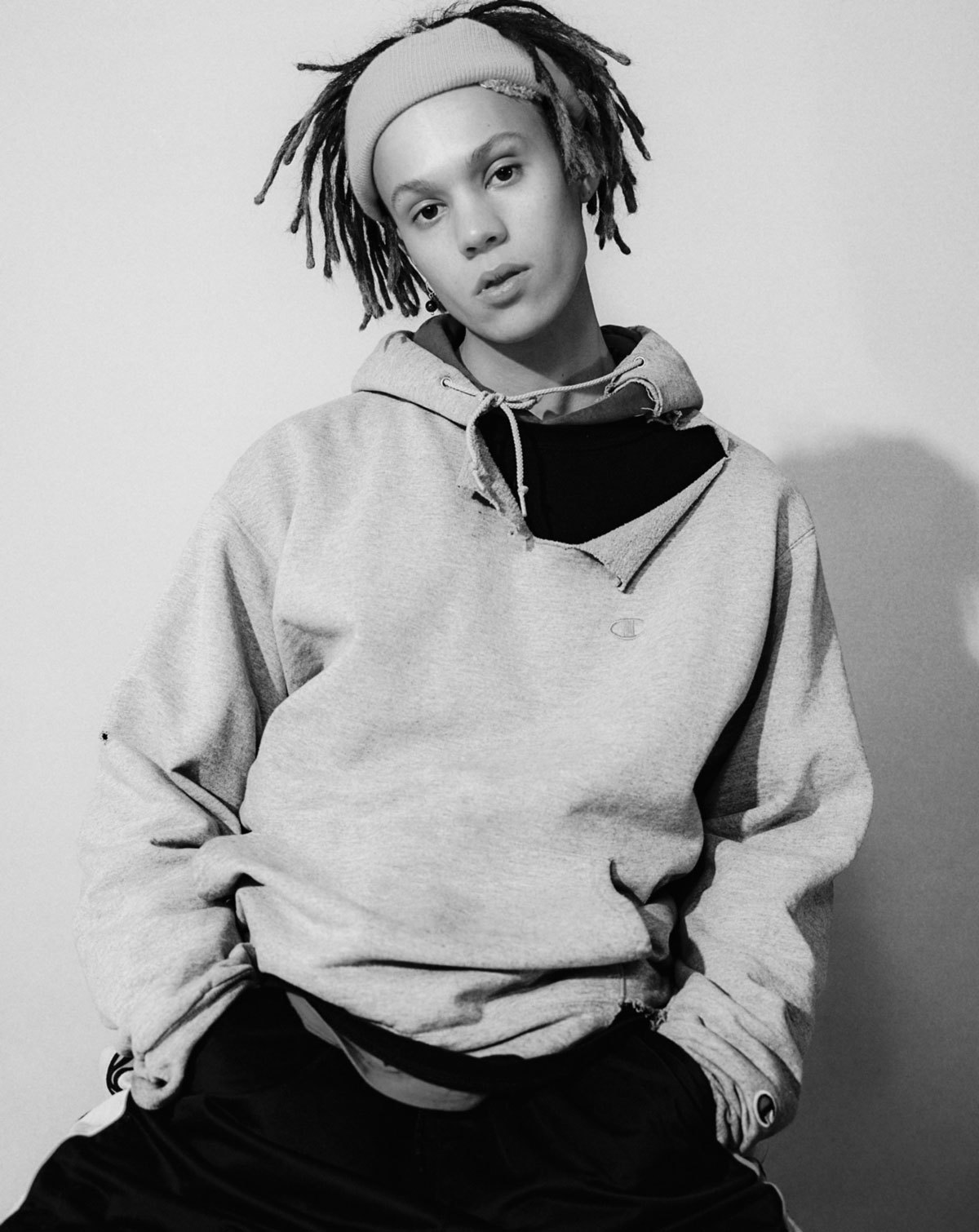
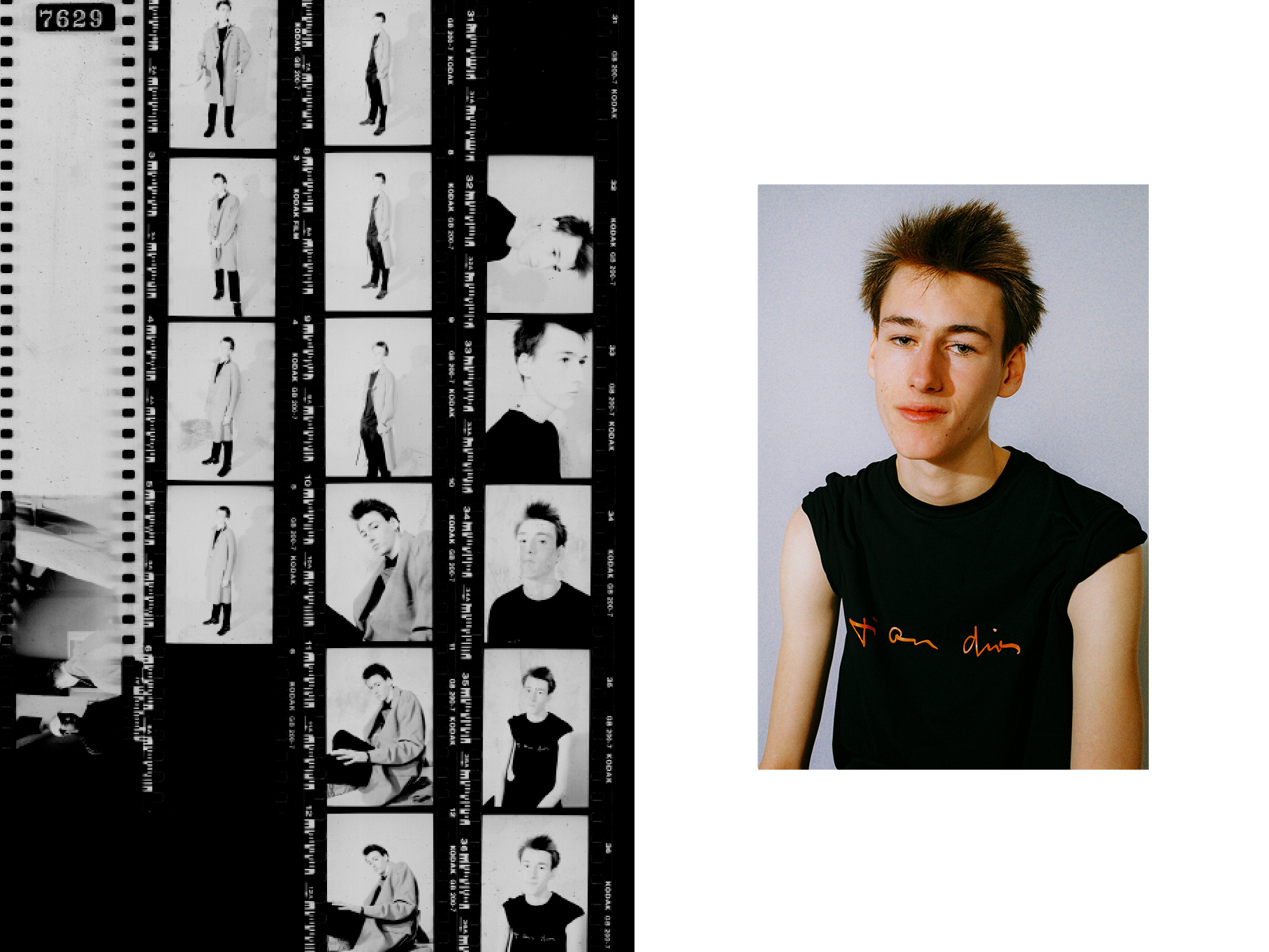
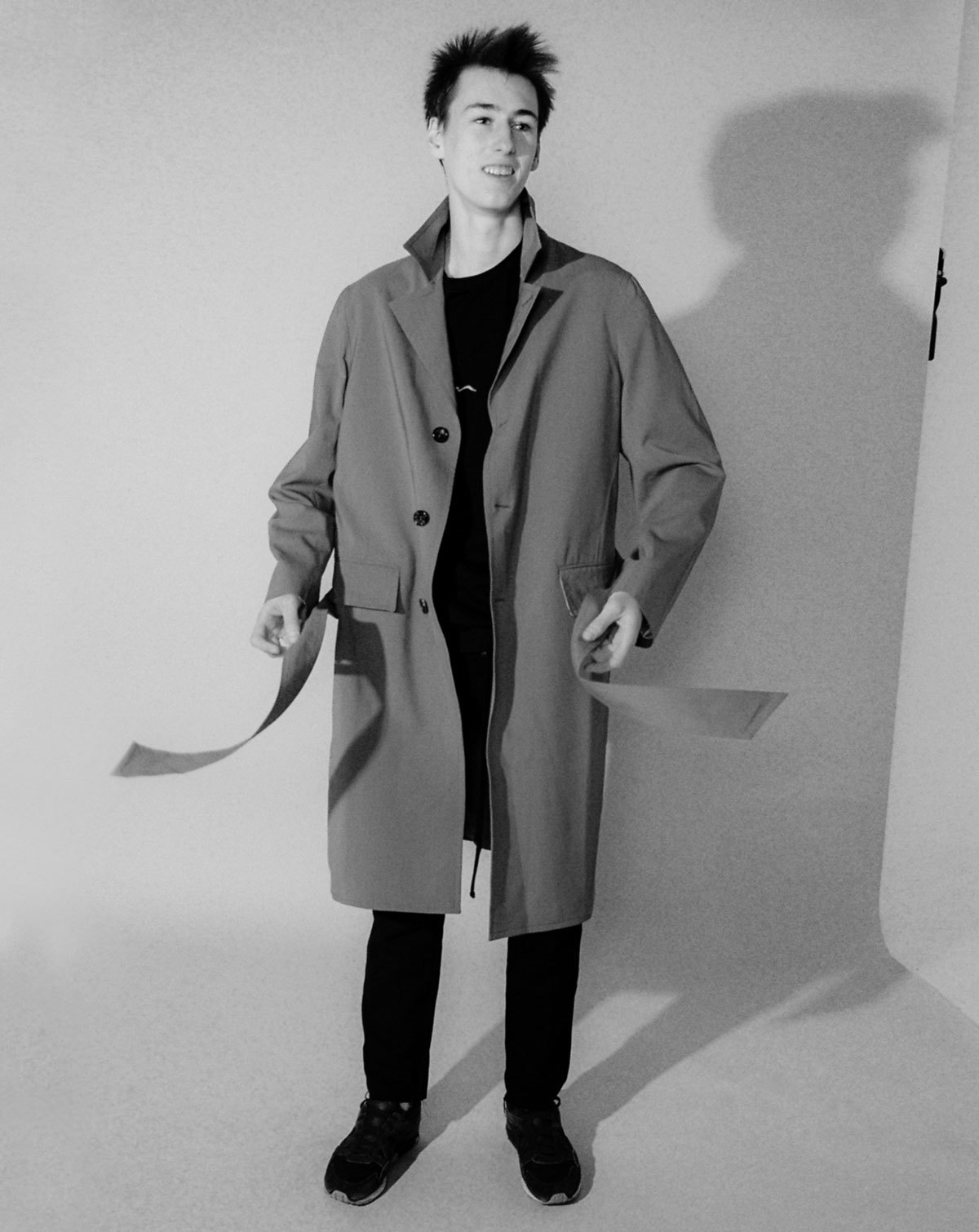
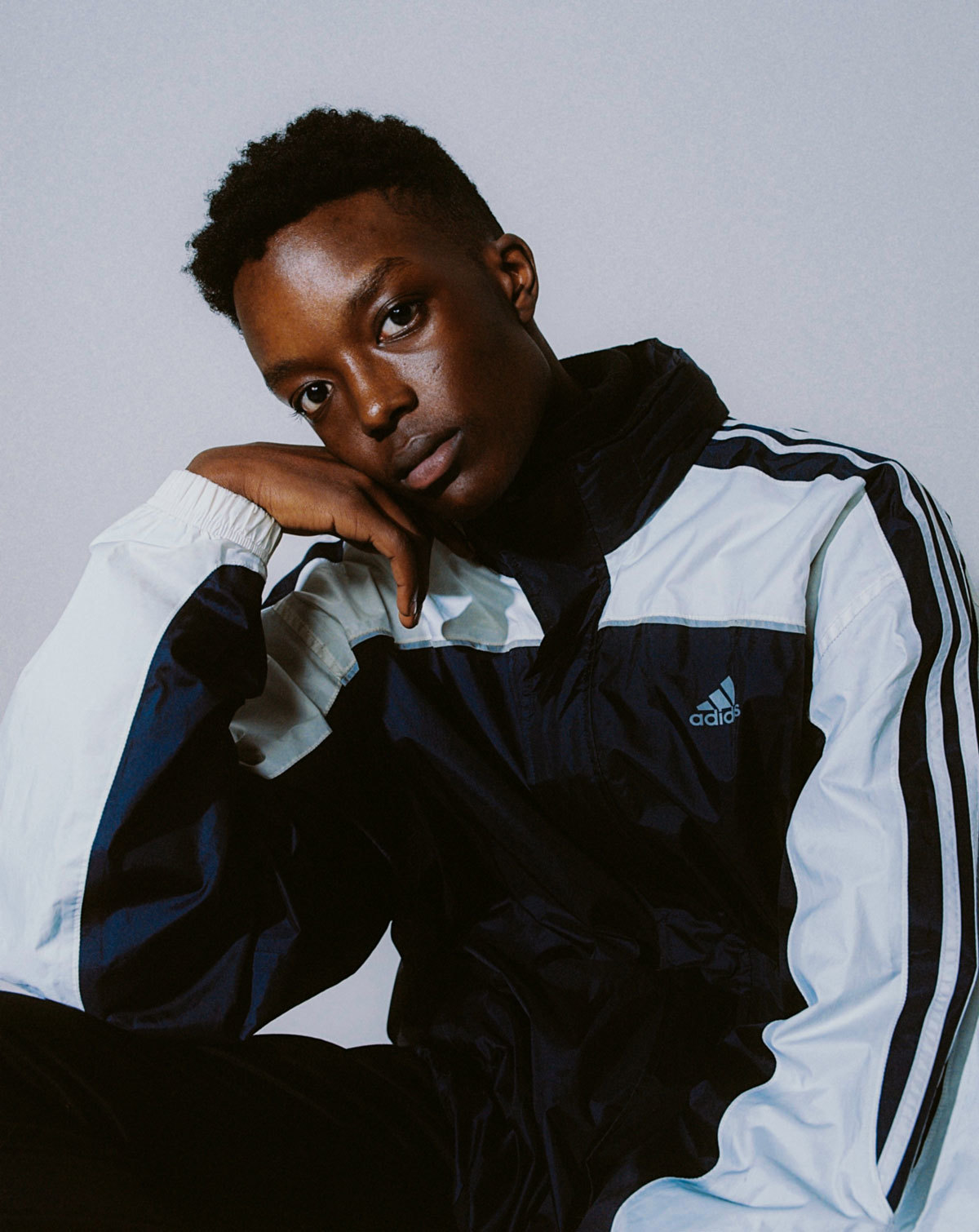
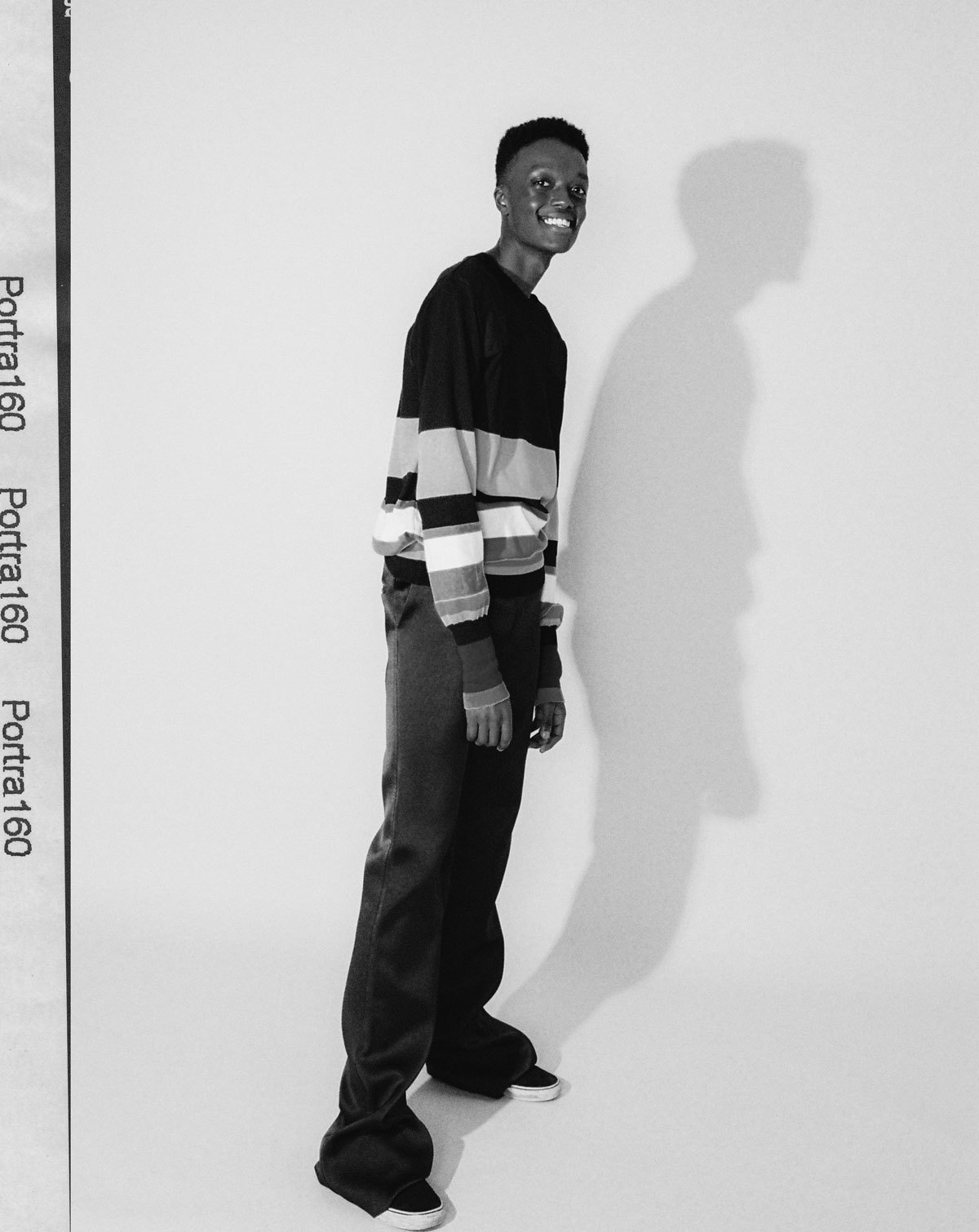
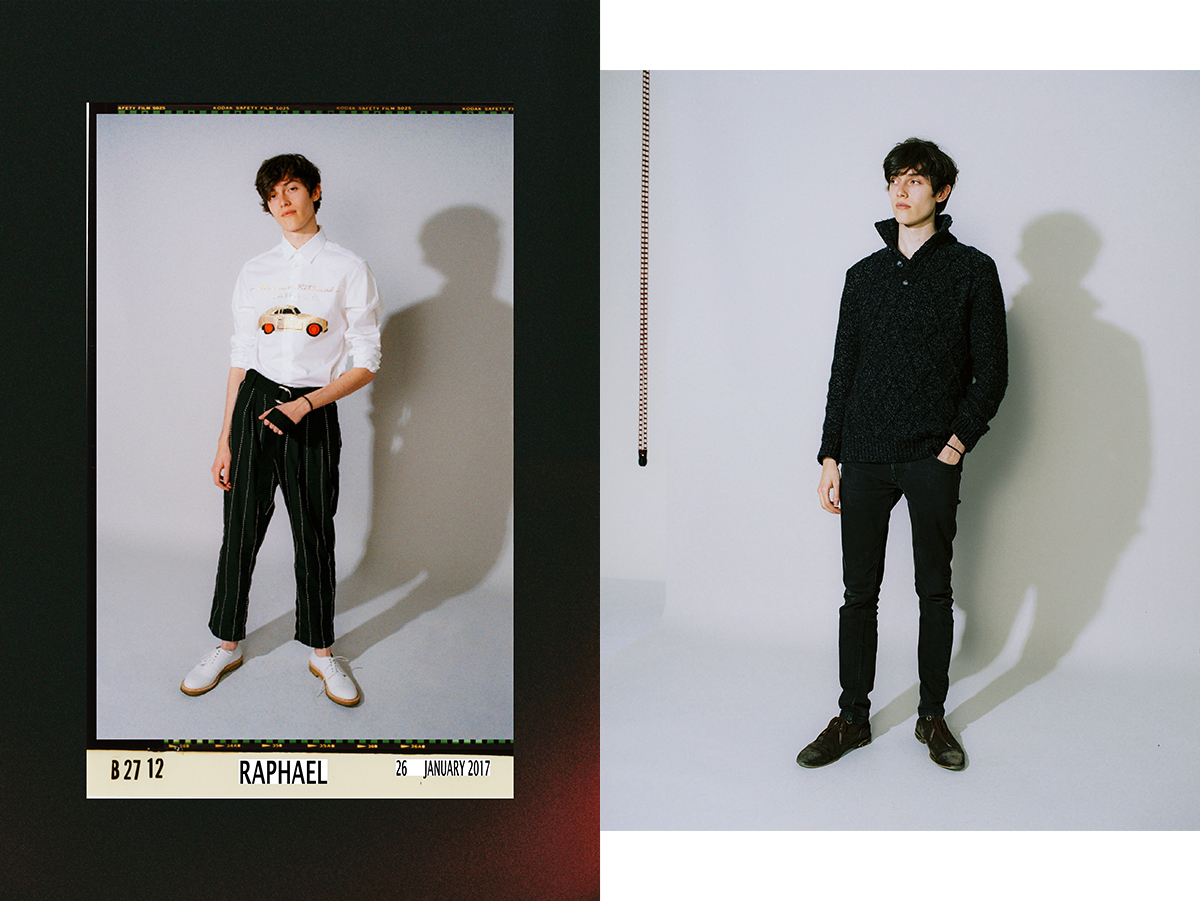
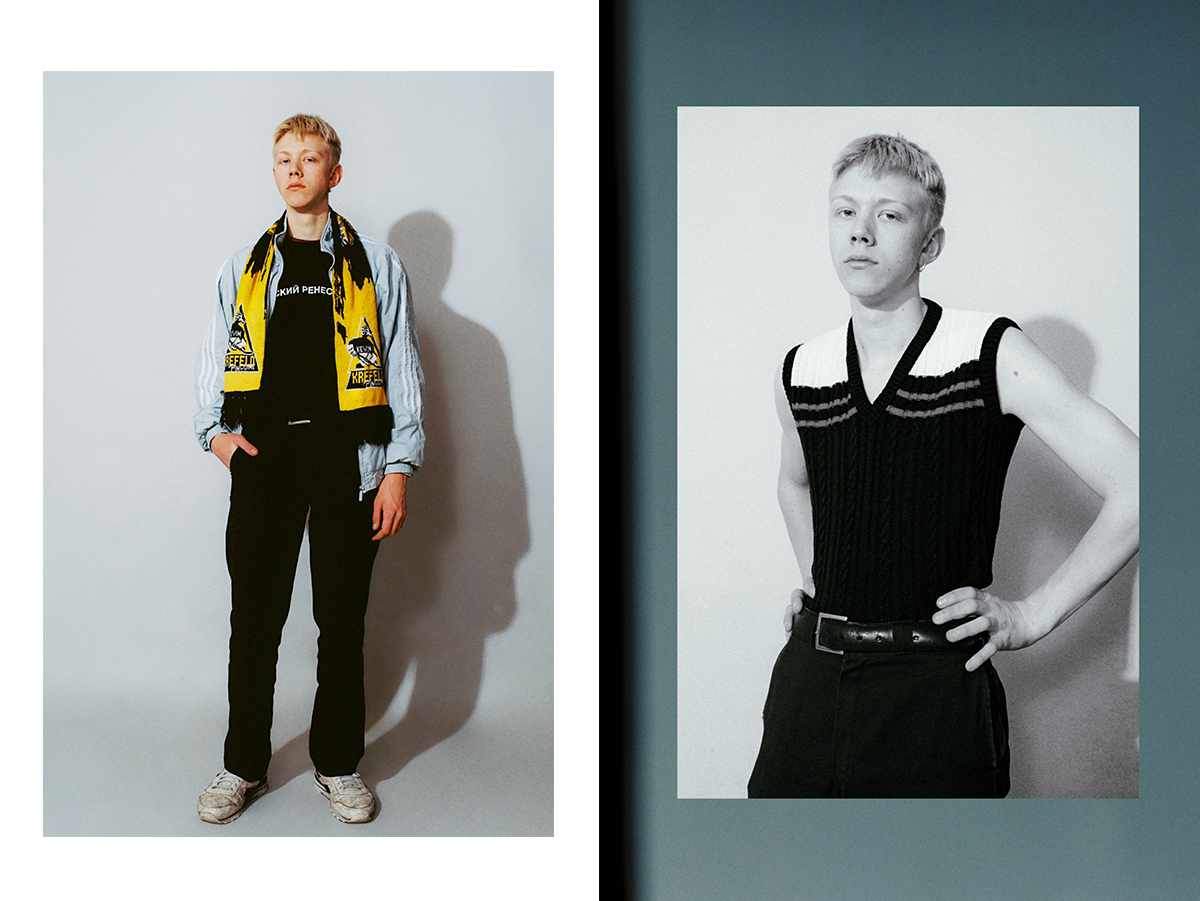

Credits
Text Tess Lochanski
Photography Jun Yasui
